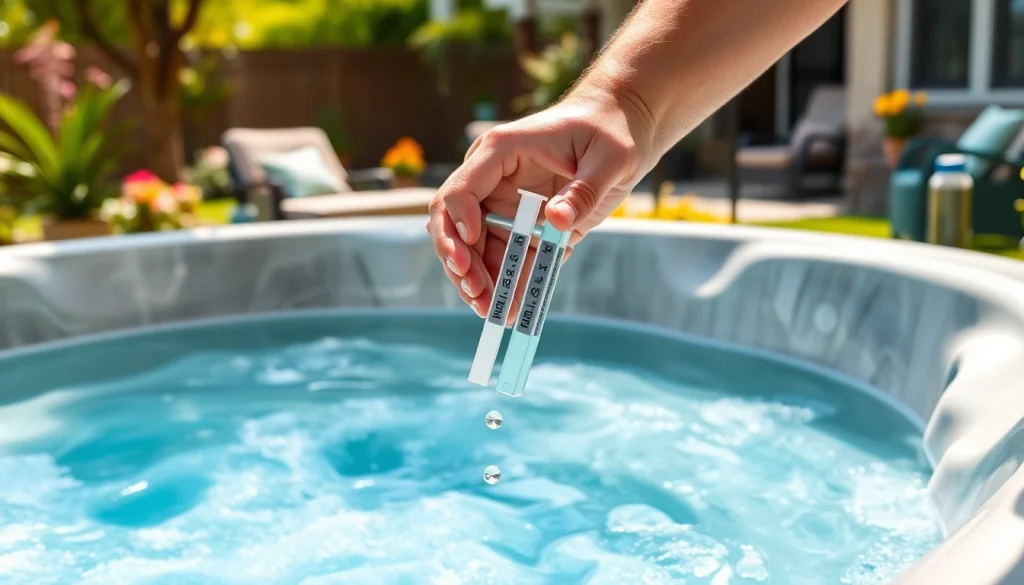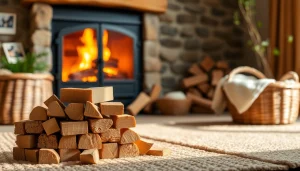Essential Practices for Effective Hot Tub Maintenance

Understanding Hot Tub Maintenance
What is Hot Tub Maintenance?
Hot tub maintenance encompasses a series of practices aimed at ensuring the efficient operation, safety, and cleanliness of your hot tub. Regular maintenance prevents equipment malfunctions, reduces health risks associated with improperly treated water, and enhances the overall spa experience. The process involves a variety of tasks such as water testing, chemical balancing, filtration cleaning, and surface sanitation that keep your hot tub in prime condition.
Benefits of Regular Hot Tub Maintenance
Engaging in regular Hot Tub Maintenance offers numerous advantages:
- Improved Water Quality: Regular testing and treatment ensure that water is clean and safe, reducing the risk of infections and skin irritations.
- Extended Equipment Lifespan: Proper equipment care prevents breakdowns and costly repairs, allowing your hot tub to serve you well for many years.
- Enhanced User Experience: A well-maintained hot tub enhances relaxation and enjoyment, making it more inviting for you and your guests.
- Increased Energy Efficiency: Maintaining clean filters and balanced water can help reduce energy costs, maximizing the hot tub’s efficiency.
- Preservation of Property Value: A well-kept hot tub not only serves your family well but also preserves the aesthetic and value of your property if you decide to sell.
Common Challenges in Hot Tub Maintenance
Despite its benefits, several challenges may arise during hot tub maintenance:
- Water Imbalance: Fluctuations in water chemistry can lead to cloudy, unsanitary water and scale buildup.
- Time Constraints: Busy lives can make it difficult to devote time to maintenance tasks.
- Misunderstanding Chemical Use: Without proper knowledge, mismanaging chemicals can lead to damaged equipment or unsafe water conditions.
- Environmental Factors: Leaves, pollen, and other environmental debris can increase the frequency of maintenance tasks.
Creating a Hot Tub Maintenance Schedule
Daily Maintenance Tasks
Daily tasks ensure the immediate upkeep of your hot tub. These include:
- Covering the Hot Tub: Always cover your hot tub when not in use to prevent debris from entering and to retain heat.
- Checking Water Clarity: Visually inspect the water for cloudiness or discoloration, indicating a need for treatment.
- Skimming the Surface: Use a skimmer net to remove leaves, bugs, and other floating debris, contributing to cleaner water.
Weekly Maintenance Practices
Weekly care is vital to maintain water quality and equipment functioning. Key practices include:
- Testing Water Chemistry: Use test strips to check pH, alkalinity, and sanitizer levels.
- Adjusting Chemicals: Add necessary chemicals based on the results of your water tests to balance levels.
- Cleaning Filters: Rinse filter cartridges to remove dirt and contaminants, enhancing filtration efficiency.
Monthly and Seasonal Maintenance Tips
Longer-term maintenance tasks can be grouped monthly and seasonally:
- Drain and Refill Water: Depending on usage, plan on draining and refilling your hot tub every 3 to 4 months.
- Deep Cleaning the Hot Tub: Scrub surfaces and clean out any grime buildup for a sparkling finish.
- Inspecting Equipment: Check pumps, jets, and heating elements for any signs of wear or need for servicing.
Best Practices for Hot Tub Water Care
Balancing Water Chemistry
Maintaining balanced water chemistry is crucial for safe and enjoyable hot tub use. Key parameters include:
- pH Levels: Aim for a pH range of 7.2 to 7.8 to ensure sanitizer effectiveness.
- Alkalinity: Maintain total alkalinity between 80-120 ppm to stabilize pH levels.
- Calcium Hardness: Keep calcium levels around 150-250 ppm to prevent corrosion or scaling.
Sanitization and Filtration Techniques
Proper sanitization and filtration are essential to keep water safe. Consider these practices:
- Choosing the Right Sanitizer: Options include chlorine, bromine, or mineral systems; choose based on your hot tub’s needs.
- Regular Filtration: Run the filtration system for at least 8-12 hours a day to effectively remove impurities.
- Using Shock Treatments: Apply a shock treatment weekly to eliminate contaminants and ensure water clarity.
Understanding Water Replacement Needs
Knowing when to replace the water can greatly affect your hot tub maintenance routine. Key factors influencing this include:
- Usage Frequency: Frequent use may necessitate more regular water changes.
- Water Quality Testing: Regular testing can determine when water quality has degraded beyond acceptable levels.
- Visible Contaminants: Cloudy water or significant build-up of residues are indicators that a water change is necessary.
Hot Tub Maintenance Tools and Equipment
Essential Tools for Homeowners
A well-equipped maintenance toolkit will ensure you can perform regular tasks effectively. Key tools include:
- Test Strips: Ideal for quick checks of water chemistry.
- Filter Cleaner: Useful for deep cleaning cartridge filters.
- Skimmer Net: For removing surface debris effortlessly.
- Sponge and Brush: Essential for scrubbing and maintaining surfaces.
Choosing the Right Cleaning Products
Selecting the right cleaning products can enhance your hot tub maintenance efforts:
- Non-abrasive Cleaners: Use these on the hot tub shell to prevent scratches.
- Eco-friendly Chemicals: Consider sustainable options that are gentle on both users and the environment.
- Stain and Scale Removers: Useful for preventing buildup that can clog jets and filters.
Maintenance Kits Overview
Several maintenance kits are available that cater to different maintenance needs. Choosing the right one can streamline your routine:
- Starter Kits: Often include test strips and basic sanitizing chemicals.
- Cleansing Kits: Designed for deep cleaning and removing scale build-up.
- Complete Care Kits: Typically encompass all essential aspects of hot tub maintenance including an array of tools and chemicals.
Expert Tips for Hot Tub Longevity
Common Mistakes to Avoid in Hot Tub Maintenance
To ensure a long-lasting and enjoyable hot tub experience, avoid these common pitfalls:
- Poor Water Quality Management: Neglecting regular tests can lead to hazardous water conditions.
- Skipping Filter Cleaning: Dirty filters can impair circulation and water clarity.
- Using Incompatible Chemicals: Mixing different chemical types can create unsafe water conditions.
Preparing Your Hot Tub for Winter
Winterizing your hot tub is critical if you live in colder climates:
- Drain the Water: Completely drain the hot tub and clean surfaces thoroughly.
- Pipe Insulation: Insulate plumbing components to prevent freezing.
- Covering: Use a quality winter cover to shield your hot tub from snow and debris.
When to Call a Professional for Hot Tub Maintenance
Recognizing when to enlist a professional can save time and prevent mistakes. Consider professional help for:
- Extensive Repairs: Any significant equipment dysfunction or leaks should be assessed by experts.
- Chemical Balancing Issues: If you’re unable to achieve the right water chemistry, seek assistance.
- Comprehensive Inspections: An annual evaluation by a specialist can catch potential problems early.






